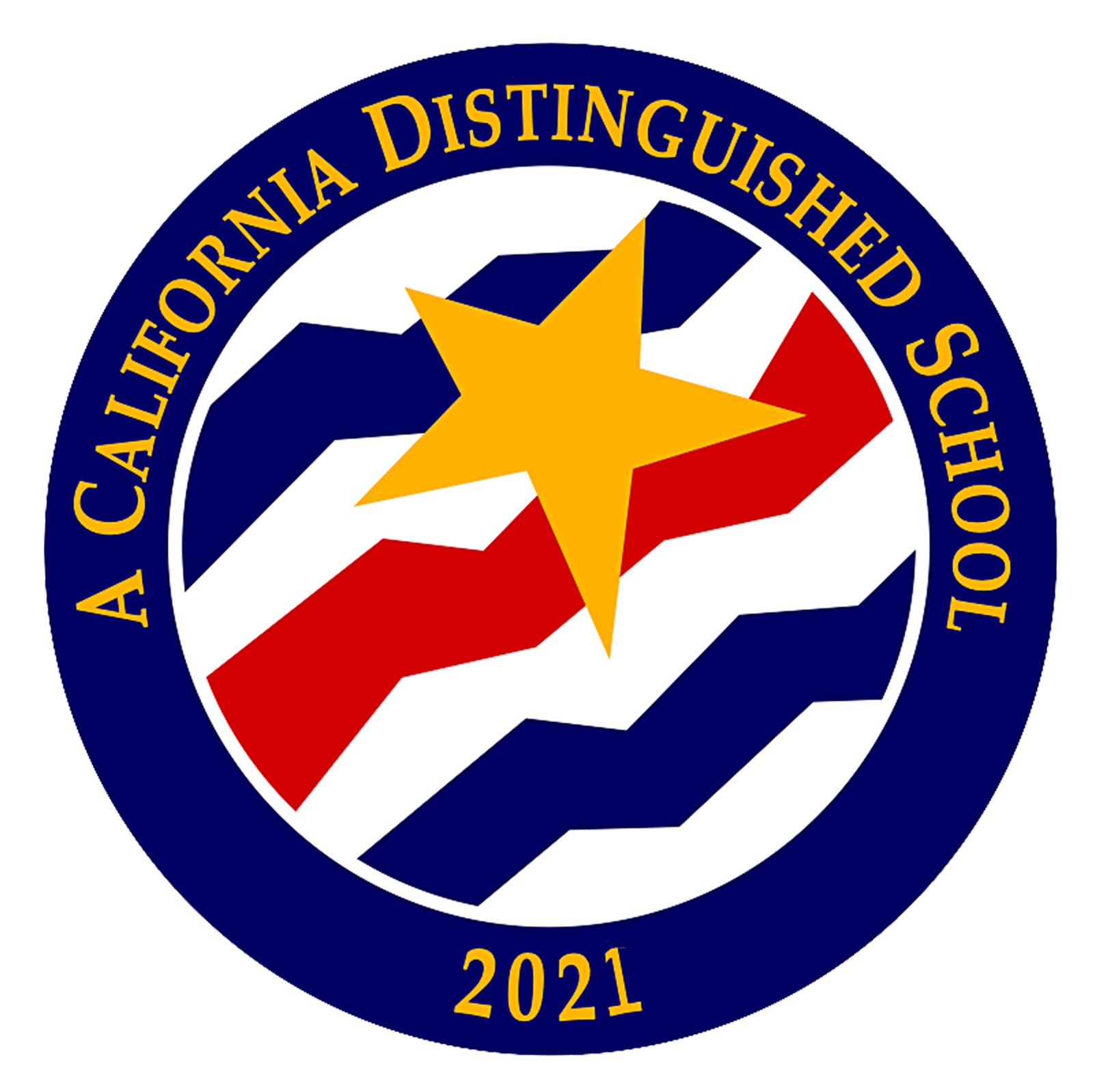The High School Challenge Index is a ranking of schools that prepare students for college. LACES is ranked 6th in California and 52nd in the nation.
1. How does The High School Challenge work?
We take the total number of Advanced Placement, International Baccalaureate and Advanced International Certificate of Education tests given at a school each year and divide by the number of seniors who graduated in May or June. I call this formula the Challenge Index. With a few exceptions, public schools that achieved a ratio of at least 1.000, meaning they had as many tests in 2011 as they had graduates, were put on the national list at washingtonpost.com/highschoolchallenge. We rank the schools in order of ratio, with the highest (19.522) achieved by the BASIS school in Tucscon.
I think 1.000 is a modest standard. A school can reach that level if only half of its students take one AP, IB or AICE test in their junior year and one in their senior year. But this year only 9 percent of the approximately 22,000 U.S. public high schools managed to reach that standard and be placed on our list.
2. Why do you count only the number of tests given, and not how well the students do on the tests?
Some schools brag about their high passing rates on AP or IB, meaning the percentage of test-takers who scored 3, 4 or 5 on the 5-point AP exam or 4, 5, 6 or 7 on the 7-point IB exam. Passing scores make students eligible for credit at many colleges and universities.
I decided not to count passing rates in this way because I found that most high schools kept those rates artificially high by allowing only top students to take the courses. In other instances, they opened the courses to all but encouraged only the best students to take the tests.
AP, IB and AICE are important because they give average students a chance to experience the trauma of heavy college reading lists and long, analytical college examinations. Research has found that even low-performing students who got only a 2 on an AP test did significantly better in college than similar students who did not take AP.
On the list we also give readers a sense of how well each school’s students are doing on the tests by posting the Equity and Excellence rate, which is the percentage of all graduating seniors, including those who never took an AP course, who had at least one score of 3 or above on at least one AP test sometime in high school. The nonprofit College Board, which oversees the AP program, invented this metric. It found that the average Equity and Excellence rate in 2011 was 18.1 percent.
Jay Mathews
Washington Post



